
PPE vs PPFD - Understanding the grow light performance
- Home
- PPE vs PPFD – Understanding the grow light performance
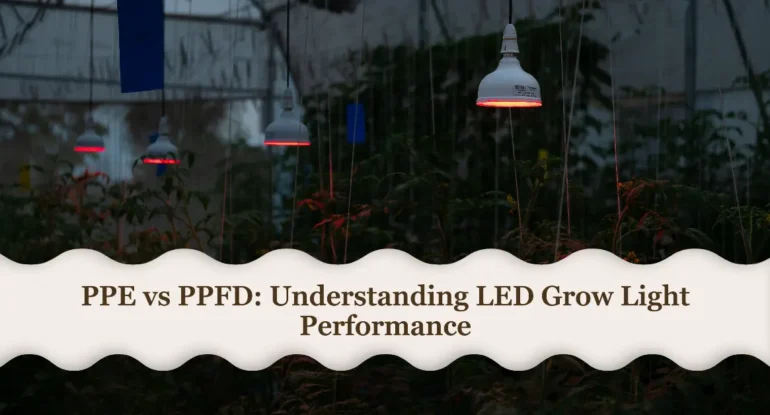
PPE vs PPFD – Understanding the grow light performance
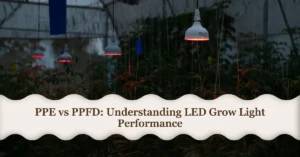
Understanding PPE and PPFD: which one tells your LED Grow Light Performance :
In the pursuit of selecting an optimal LED grow light, individuals often encounter technical terms such as PAR, PPE, PPF, PPFD, and DLI. However, comprehending the meanings of PPFD, PPF, and PPE is crucial for determining the most effective metric in assessing LED grow light performance. This article aims to elucidate these terms and identify the superior measurement for evaluating LED grow lights.
Before delving into the debate between PPE and PPFD, it is imperative to clarify several foundational definitions essential for growers’ understanding and often subject to confusion. These definitions and their measurement methods are fundamental for comprehending the nuances of PPE and PPFD.
PAR, or Photosynthetically Active Radiation, constitutes the spectrum of light crucial for plants’ photosynthesis. PAR is typically measured by specialized equipment known as spectrometers.
PPF, or Photosynthetic Photon Flux, quantifies the total amount of light within the PAR zone emitted by a grow light every second. PPF serves as a valuable metric for assessing photosynthetically active photons and is expressed in micromoles per second (μmol/s). Precise measurement of PPF necessitates an integrating sphere.
PPE, or Photosynthetic Photon Efficiency, measures a grow light’s efficiency in converting electrical energy into PAR light. PPE is calculated as the total PAR light emitted by the fixture per second divided by its energy consumption and is expressed in micromoles per joule (μmol/J).
PPFD, or Photosynthetic Photon Flux Density, measures the amount of PAR light that reaches a specific area, providing insight into the light distribution across a canopy. PPFD is typically measured in a grow tent or laboratory at a fixed height and area and is expressed as micromoles per meter squared per second (μmol/m²/s). Grow light manufacturers are expected to furnish growers with PPFD maps of their fixtures.
DLI, or Daily Light Integral, represents the daily dose of light received by plants, measured in mol/day.
When considering whether PPE or PPFD offers a superior metric for evaluating LED grow light performance, it is crucial to dispel the misconception that PPE can be derived from PPFD through mathematical manipulation. While growers often calculate PPE from average PPFD values obtained using a PAR meter, this approach presents limitations due to the diffuse reflection of light and overlapping effects, rendering the derived PPF value imprecise.
For example, if you look at two different 18 watt LED grow lights, and they both have the same PPE of 1.9 μmol/j, does that mean they have the same performance? No, it only means that they have the same efficiency of converting 18 watt electric energy into the same amount of par light. It’s a good measurement of the light-converting ability of an LED grow light.
Conversely, PPFD directly provides growers with real-time data regarding light distribution over a designated canopy area. It offers insights into the actual amount of PAR reaching the plants per second, which is paramount to cultivators. Unlike PPE, which solely assesses a grow light’s efficiency in converting electricity into light, PPFD accounts for light distribution, offering a more comprehensive evaluation of performance.
In conclusion, while both PPE and PPFD serve as valuable metrics for assessing LED grow light performance, PPFD emerges as the preferred measurement due to its ability to provide growers with real-time data on light distribution. By examining PPFD graphs provided by manufacturers, growers can make informed decisions based on crucial factors such as wattage and measurement distance. Ultimately, PPFD offers a more reliable means of evaluating the efficacy of LED grow lights, ensuring optimal cultivation outcomes.
- Blog Categories
- Basic of Artificial Lighting for Plants
- Basic of grow Light
- Case Studies
- General Awareness
- Indoor Vertical Farming
- Medical Plant Research
- Online Tool
- Pitch Grow Light
- Plant Lighting Measurement
- Speed Breeding
- Supplemental Lighting
- Tissue Culture Grow Lights
- Vertical Green Wall
- LED Grow Lights
- Pharma Segment
- General
Popular Products
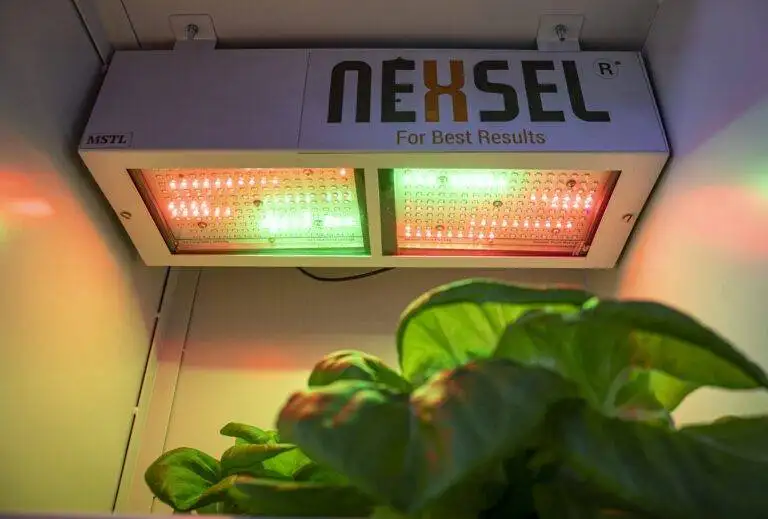
Enquire Now
Quick Link
Other Links
Design & Developed By VBTEK



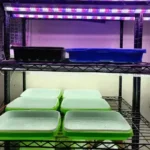
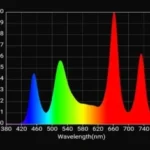
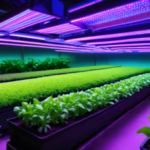
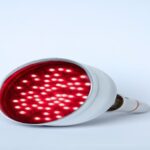
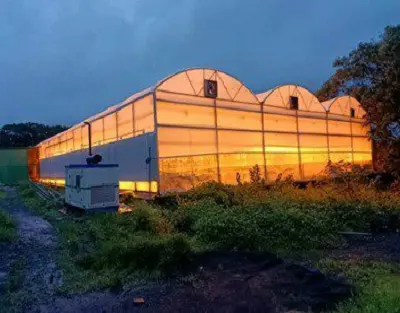
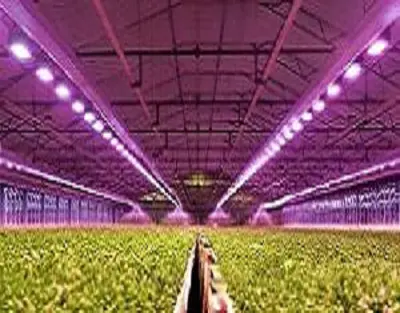
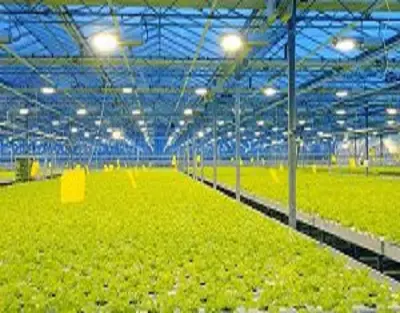

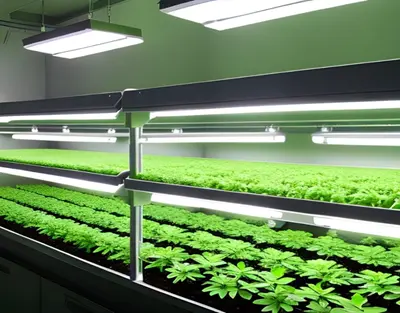
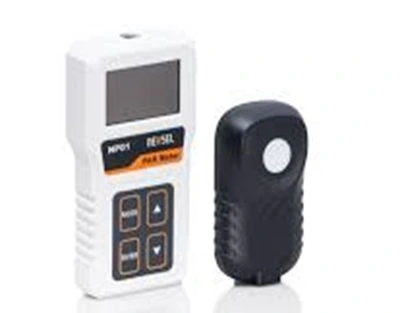
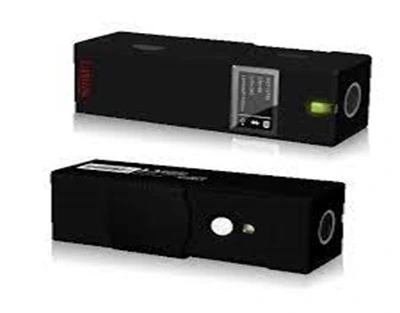
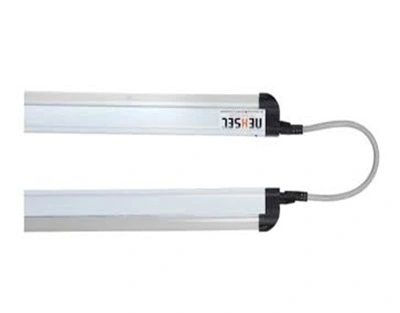
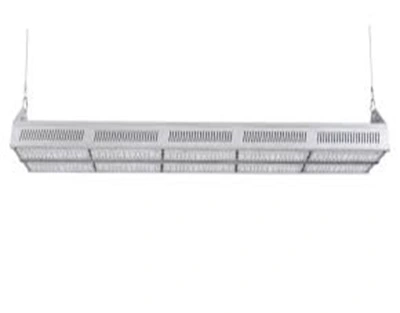
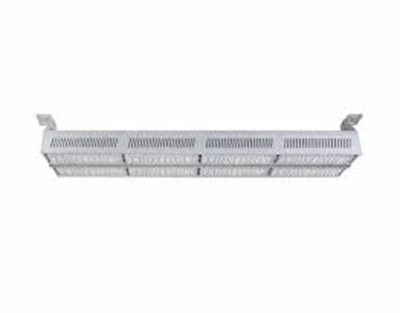
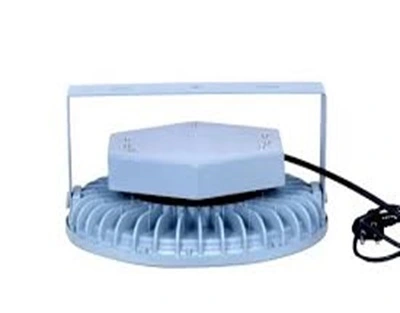
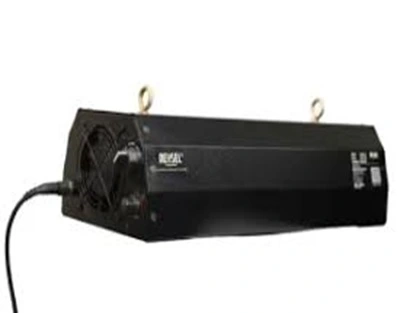
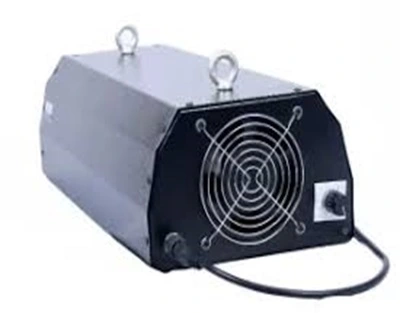
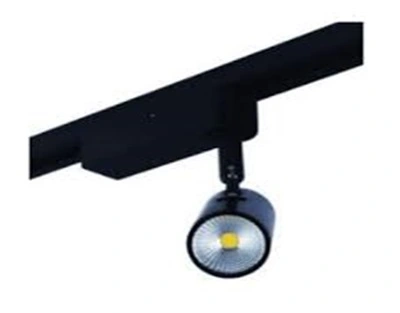
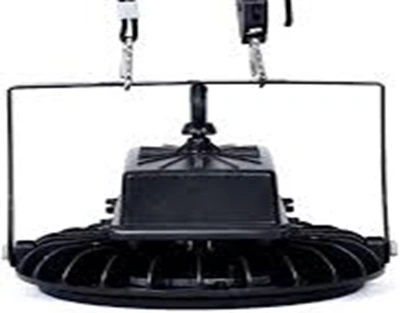

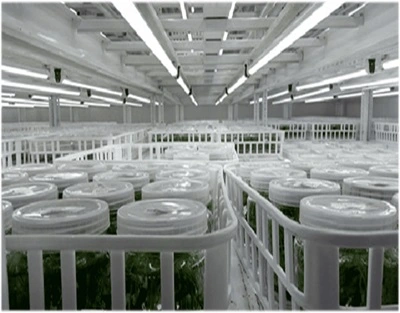
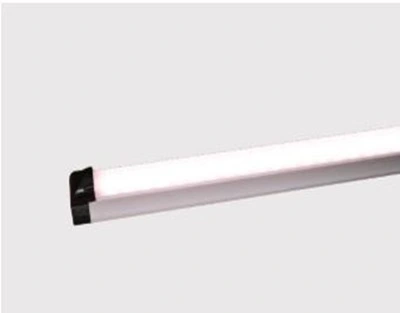
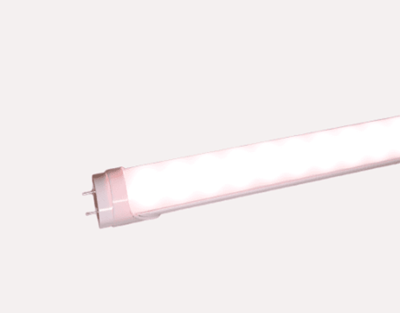
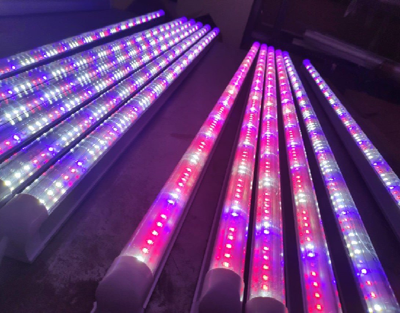
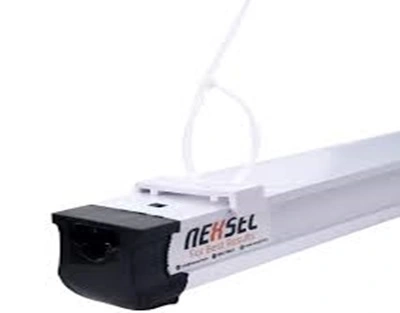
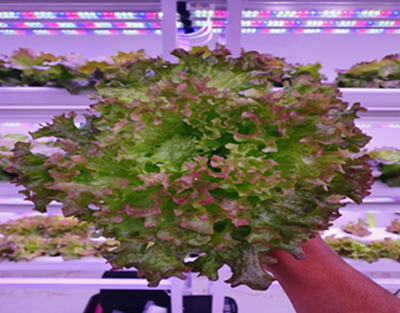

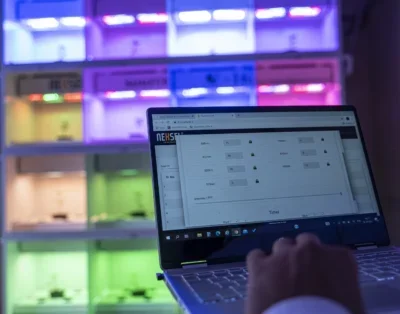


Leave A Comment